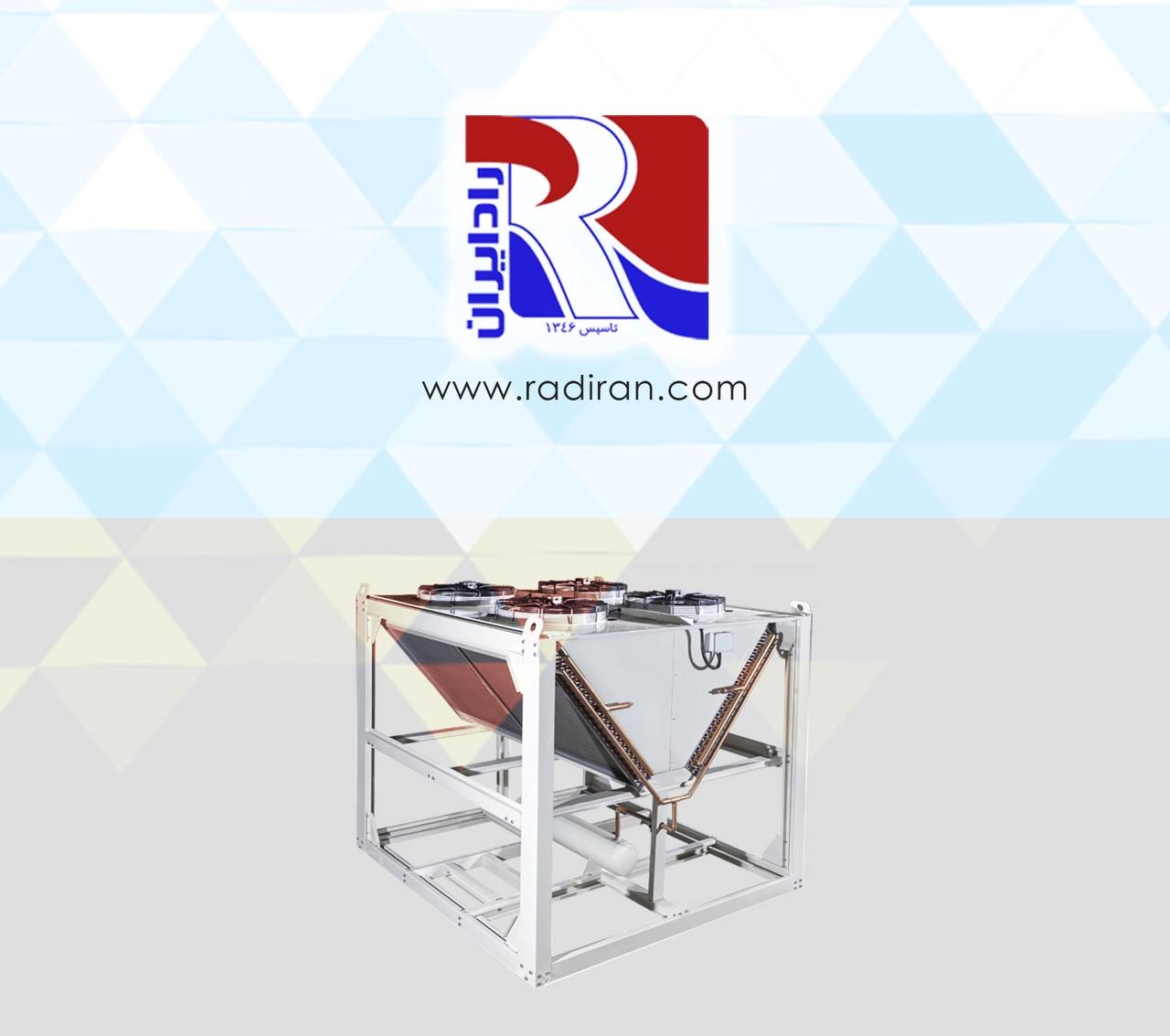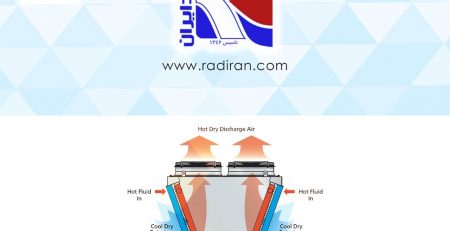Receivers in condensing units
Receivers in condensing units are essential components that play a critical role in the operation of refrigeration systems. A receiver serves as a storage vessel for liquid refrigerant, typically positioned between the condenser and the expansion valve in the system. Its primary function is to ensure a stable and controlled supply of liquid refrigerant to the evaporator.
During the refrigeration cycle, the refrigerant gas is condensed into a high-pressure liquid in the condenser. The receiver acts as a reservoir for this liquid refrigerant, preventing it from flooding the expansion valve and ensuring a consistent flow to the evaporator. By maintaining a constant liquid level, the receiver helps regulate the refrigerant’s distribution and enhances the efficiency of the entire system.
Receivers are particularly crucial in situations where there might be variations in the load or conditions, such as during changes in ambient temperature. They provide a buffer, allowing the system to adapt to fluctuations without compromising performance. This is especially important in larger refrigeration systems where precise control of refrigerant flow is essential for optimal functioning and energy efficiency. Overall, receivers contribute to the stability and reliability of condensing units in refrigeration systems by managing the liquid refrigerant flow and safeguarding against potential disruptions in the refrigeration cycle.












